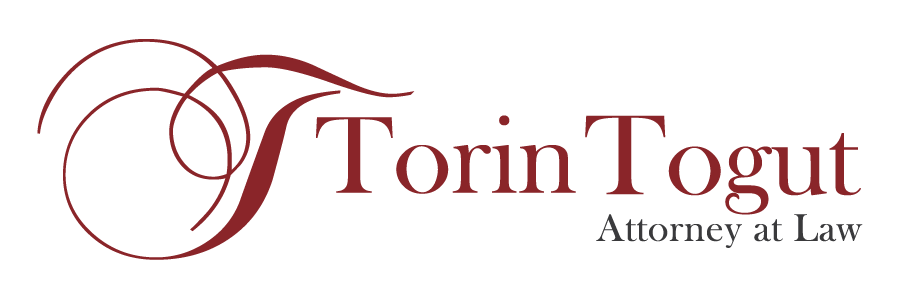In the last post, I examined why methodology is a key issue to discuss at an IEP meeting. Methodology will depend upon the type of disability and individual needs of your child. One size does not fit all. For children with autism, there are several different methodologies that may be appropriate for your child. I have set out below two well recognized methodologies for children with autism: TEACCH and ABA (Applied Behavior Analysis). This is a summary of these two different methodologies.
TEACHH
Project TEACCH draws upon behavioral procedures to teach self-care skills and manage disruptive behavior but reject many other aspects of behavioral treatment and especially those for teaching language. It is aimed primarily at designing sheltered settings that help children make use of skills that they already possess rather than integrating them in age-appropriate peer settings. Schopler. Reicher & Lansing. 1980); C. Lord & Schopler, 1994; Gresham, Beebe-Frankenberger, & MacMillan, 1999. Most children in the TEACCH program are assigned classrooms that include other children with developmental disabilities. Workstations are set up for each child in the classroom. Children work alone at their workstations. Tasks are assigned by teachers and often are repetitive, visual motor activities such as sorting objects by color. Cues are provided to help children carry out activities independently. Children perform several different tasks at one sitting by following a schedule that is displayed in front of them. Children may use pictures to communicate with each other. Behavioral Interventions for Young Children with Autism 1996; Gresham, Beebe-Frankenberger, & MacMillan, 1999. One early study showed that Project TEACCH was very helpful to the children. (Schopler, Mesibov & Baker, 1982). This study, however, contained a number of serious weaknesses. These include a highly heterogeneous sample (not all participants had autism), the absence of a meaningful control condition, and the lack of standardized and independent assessment measures. In addition, Schopler and colleagues’ comparison of the institutionalization rate in their study with 1960s data is probably misleading Behavioral Interventions for Young Children with Autism 1996); J. Herbert, R. Sharp, B. Gaudiano (2002). Ozonoff and Cathcart (1998) tested the effectiveness of TEACCH home-based instruction for children with autism. Parents were taught interventions for preschool children with autism focusing on the areas of cognitive, academic, and prevocational skills related to school success. Results showed that the preschool children receiving TEACCH-based parent instruction improved significantly more in the areas of imitation, fine-motor, gross-motor, and nonverbal conceptual skills. Although this study provides some support for the TEACCH program, the conclusions are tempered by methodological limitations, including the lack of a randomized control condition and the absence of treatment fidelity ratings.
ABA Therapy
Problematic responses of behaviors are not reinforced e.g. tantrums, self-injury and withdrawal. Systematic analysis is used to determine exactly what events function as reinforcers for those responses. Teaching trials are repeated many times in rapid succession until child performs response efficiently. Child’s response is recorded and evaluated according to specific and definitions criteria. Data is collected to provide graphs to show child’s progress. (Behavior Interventions for Young Children with Autism 1996). Timing and pacing of teaching sessions. Practice opportunities, and consequence delivery are tailored to each child and each skill. Training is highly personalized to each child’s individualized needs and styles. Emerging skills are practiced and reinforced in less structured settings. Some skill can be practiced in less restrictive or natural settings to promote socialization with age appropriate peers. Emphasis is teaching child how to learn from normal environment that will produce positive outcomes. (Behavior Intervention for Young Children with Autism, 1996). Effective use of ABA requires special training. It is important to have the oversight and supervision of a board certified behavior analyst (BCBA), if possible, of behavioral treatment of children with autism. Research demonstrates that providing ABA to children with autism by individuals without specific training can cause more harm than good and may actually increase the aberrant behaviors. (Elkeseth & Lovaas, 1992); Taylor & Carr, 1992); Mason & Iwata, 1990). Most studies show that young children with autism exhibit substantial improvement in many adaptive, useful skills areas and reductions in problematic behaviors. (Anderson et al. 1987; Birnbrauer & Leach, 1993; McEachin et al. 1993). Many children with autism that received two years of intensive behavioral intervention at any early age entered public school with relatively little ongoing special support. (Fenske et al. 1985; Harris et al. 1991; Lovass, 1987; Perry et al. 1995). ABA is considered by many researchers and clinicians to be the most effective evidence-based therapeutic approach demonstrated thus far for children with autism. The U.S. Surgeon General states that thirty years of research on ABA have shown very positive outcomes when ABA is used as an early intervention approach for young children with autism. This research includes several landmark studies showing that about 50% of children with autism who were treated using ABA before the age of four had significant increases in I.Q. verbal ability, and/or social functioning. R. Simpson, 1999; U.S. Department of Health and Human Services, 1999.
If you have questions or comments about this information, please let me know.

